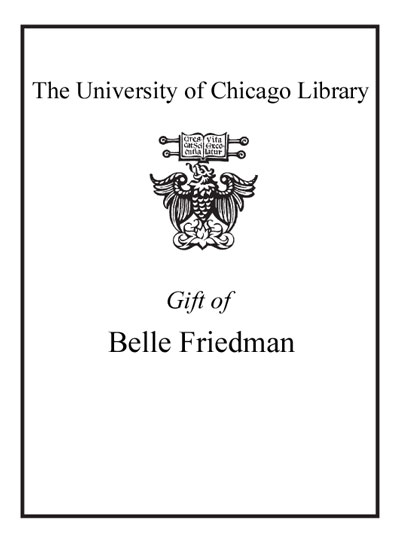| Summary: | "The management of image in the service of power is a familiar tool of twenty-first century politics. Here a leading historian reveals how, from even before the Reformation, the Tudors sought to sustain and enhance their authority by representing themselves to their people through the media of building, print, art, material culture and speech. Deploying what we might now describe as 'spin', Tudor rulers worked actively as patrons and popularisers to present themselves to the best advantage. Familiarity, however, brought risk. The art of royal representation was a delicate balance between mystification and popularisation ... Yet relentless promotion of the royal image had desacralised it, leaving a difficult legacy for their Stuart successors. This first sustained analysis of the verbal and visual representations of Tudor power embraces art history, literary studies and the history of consumption and material culture ..."--Book jacket flap.
|
|---|

